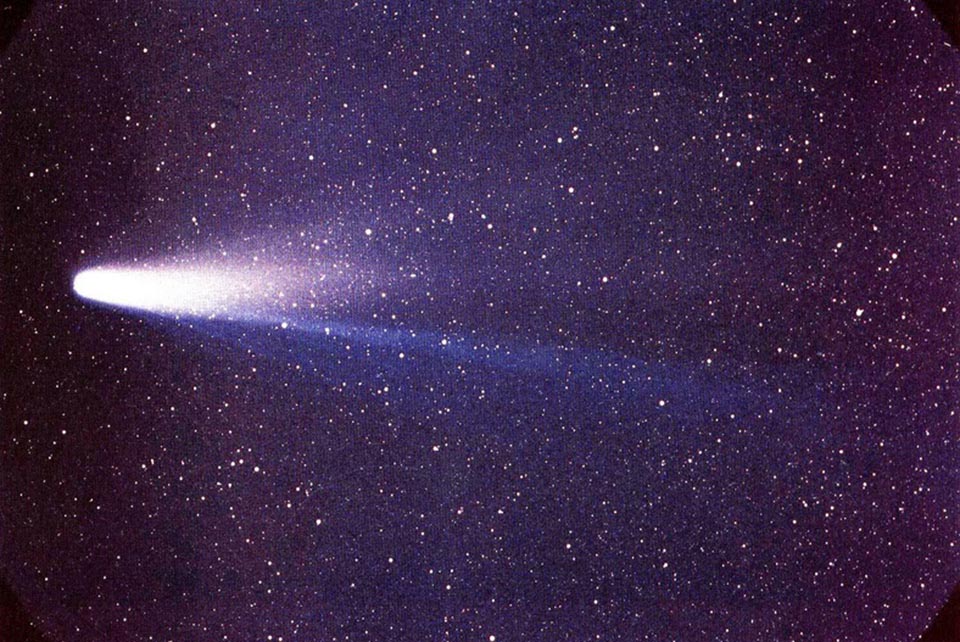
In 2023, the Orionid Meteor Shower should rain down its greatest number of meteors on the mornings of October 21 and 22. The morning of October 22 might bring the richest display of meteors.
Orionid Meteor Shower, which occurs annually as Earth crosses the orbit of Comet Halley (1P/Halley), leaving behind a trail of dust and small objects. Starting from approximately 10:30 p.m. on October 21 and lasting until dawn on October 22, the meteor shower will be visible in the Orion constellation across the country. If the sky is clear without any rain, one can expect an average maximum falling rate of around 20 stars per hour.
While watching this phenomenon, observers may come across a stunning display of yellow and green streaks resembling fireballs lighting up the sky, creating a mesmerizing sight around the Orion constellation. Notably, on the upcoming night, the moon will set behind the horizon at approximately 11:30 p.m., ensuring an uninterrupted view until dawn, making it an ideal opportunity to witness this celestial phenomenon.
For optimal viewing, it is recommended to use the naked eye and select a location far from city lights to minimize distractions and enhance the clarity of shooting stars.
The Orionid Meteor Shower is an annual event observed between October 2 and November 7. While the spectacle is recurrent each year, Halley’s Comet, which gives rise to this phenomenon, is predicted to orbit the sun again in the mid-2061, making the comet’s next appearance likely in the next 38 years. (NNT)






